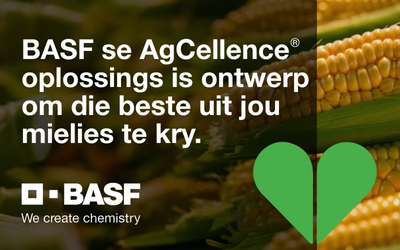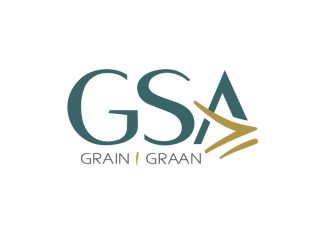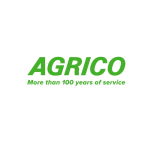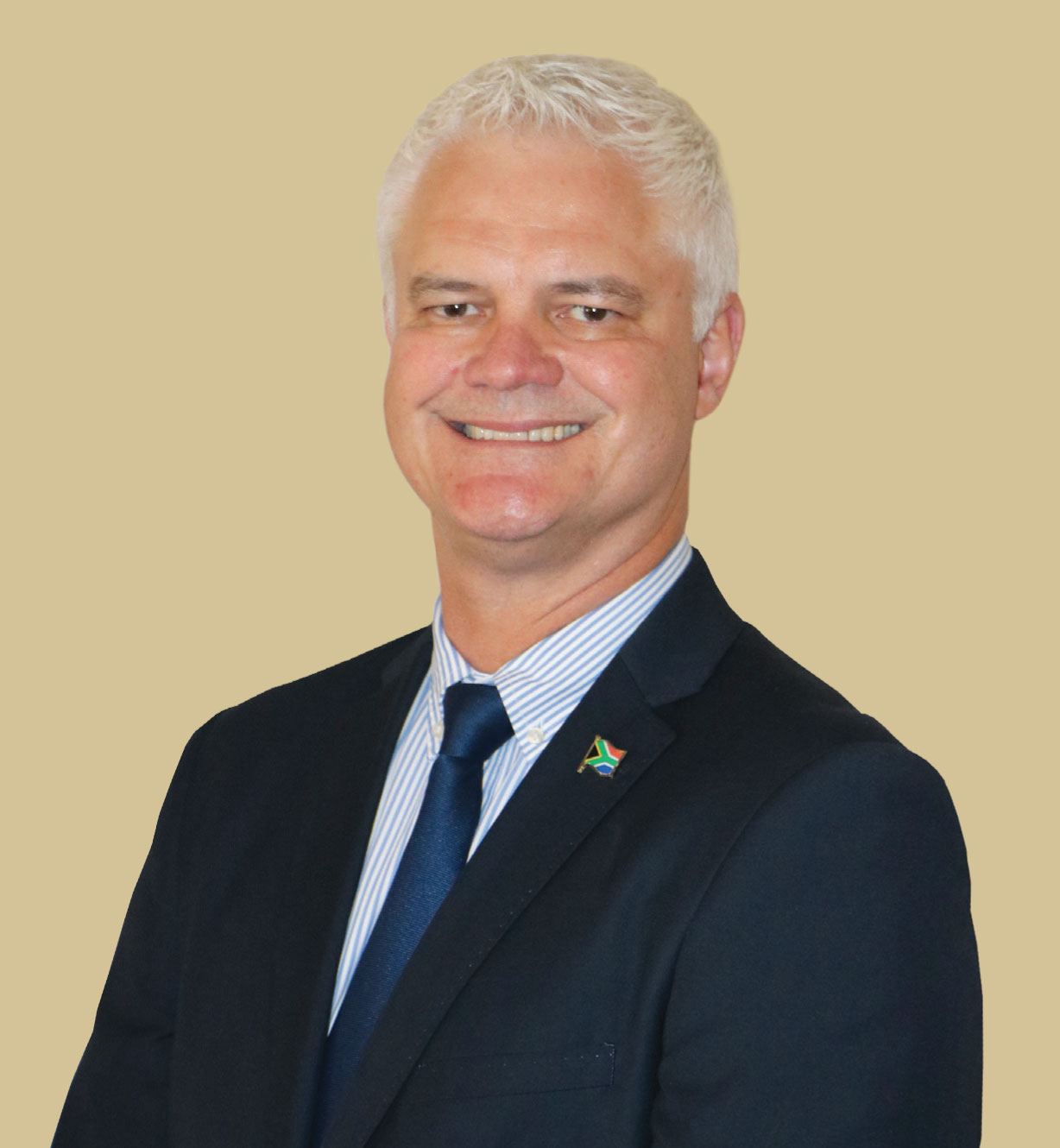
CEO, Grain SA
ON THE WAY BACK HOME AFTER NAMPO 2025 I THOUGHT ABOUT WHAT MADE THIS YEAR’S EVENT SO SPECIAL. THE ANSWER LIES NOT ONLY IN THE LARGE NUMBER OF VISITORS, BUT IN THE UNPRECEDENTED INTEREST OF VARIOUS POLITICAL LEADERS, AMONG OTHERS THE PRESIDENT AND VICE PRESIDENT, THE MINISTERS OF AGRICULTURE AS WELL AS PUBLIC WORKS AND INFRASTRUCTURE AND SEVERAL MEMBERS OF PARLIAMENT.
The message was clear: Agriculture is making headlines again. Not only on a national level, but all the way to the White House in America where NAMPO was mentioned by name and involuntarily involved in major political moves.
Still, it is important to keep things in perspective. NAMPO is not a political stage, but rather a strategic hub of progress in the agricultural sector. It is a workshop for the grain industry – a dynamic space where producers, researchers, businesses, agricultural leaders, policymakers, and technology providers can engage in discussions about the future of food production. This is about more than just an agricultural exhibition. NAMPO represents a convergence of knowledge, innovation, and practical solutions directly contributing to the competitiveness and sustainability of the South African agricultural sector.
NAMPO stands for access to the latest technology – from precision farming and digital agricultural instruments to new seed technology and mechanisation solutions. It is a platform where the voices of producers are heard, where they can learn about market trends, climate change, policy developments and new opportunities in local and international markets. The collaboration and networks built here form the backbone of a healthy agricultural sector that can adapt and thrive in an ever-changing environment.
It is therefore not just a place of exhibition and trade, but a hub of development, discussion, and strategic planning. It provides the opportunity to inspire young people and new entrepreneurs and share knowledge about sustainable production practices – all contributing to the resilience of the grain value chain. In this context, it becomes clear: No political moment can replace the deep and lasting impact of NAMPO.
However, there is no escaping the political reality in South Africa. Grain producers find themselves in an environment unfriendly towards agriculture with little government support. It is therefore crucial that Grain SA keeps the communication channels with government open and active, as this has a direct influence on policy decisions affecting the grain industry.
By maintaining an open dialogue, Grain SA can represent the interests of producers at a national level, influence policies, and proactively respond to challenges such as volatile market conditions, climate change, and regulatory barriers. Regular and constructive communication promotes collaboration, which is essential for the development of a sustainable agricultural policy and food security in South Africa. Without this approach, for example, there would not have been any success in improving Act 36 of 1947 regarding the registration of new chemicals, or the diesel rebate and support with import tariffs.
However, this does not refute the fact that care must be taken to ensure that NAMPO and the cause of the grain producer are not used instrumentally for political gain. NAMPO’s credibility depends on its consistent service to the agricultural community. Opportunistic statements by politicians and sensational news headlines that inflame emotions must not be allowed to cast a shadow over the spirit of unity within the agricultural sector and the integrity of our organisation.
NAMPO 2025 has really shown that there are hope and momentum in the industry. It was a celebration of progress, but also a reminder of the focus needed to ensure sustainable growth. The primary reason for Grain SA’s existence is the prosperity of our grain producers and this remains the focus of NAMPO.
Amidst the political noise and media storms that sometimes obscure the realities of the farm, the South African grain producer is still standing strong – his eyes fixed on the fields and his hands busy harvesting and planting. While the last of the maize, sunflower and soybeans are now being harvested, winter crops are being planted in other regions and planning for the next season is already underway. This cyclical rhythm of planting and harvesting is the heartbeat of our country’s food production. In this context, it is essential that producers focus their energy on what really matters – the sustainable and profitable production of grain.
Grain SA remains steadfast in its commitment to serve the interests of the grain producer – at every possible level, including the political arena. While producers work the land, Grain SA will lead discussions, monitor policy, and keep the path open so that producers can continue doing what they do best – feeding South Africa.





